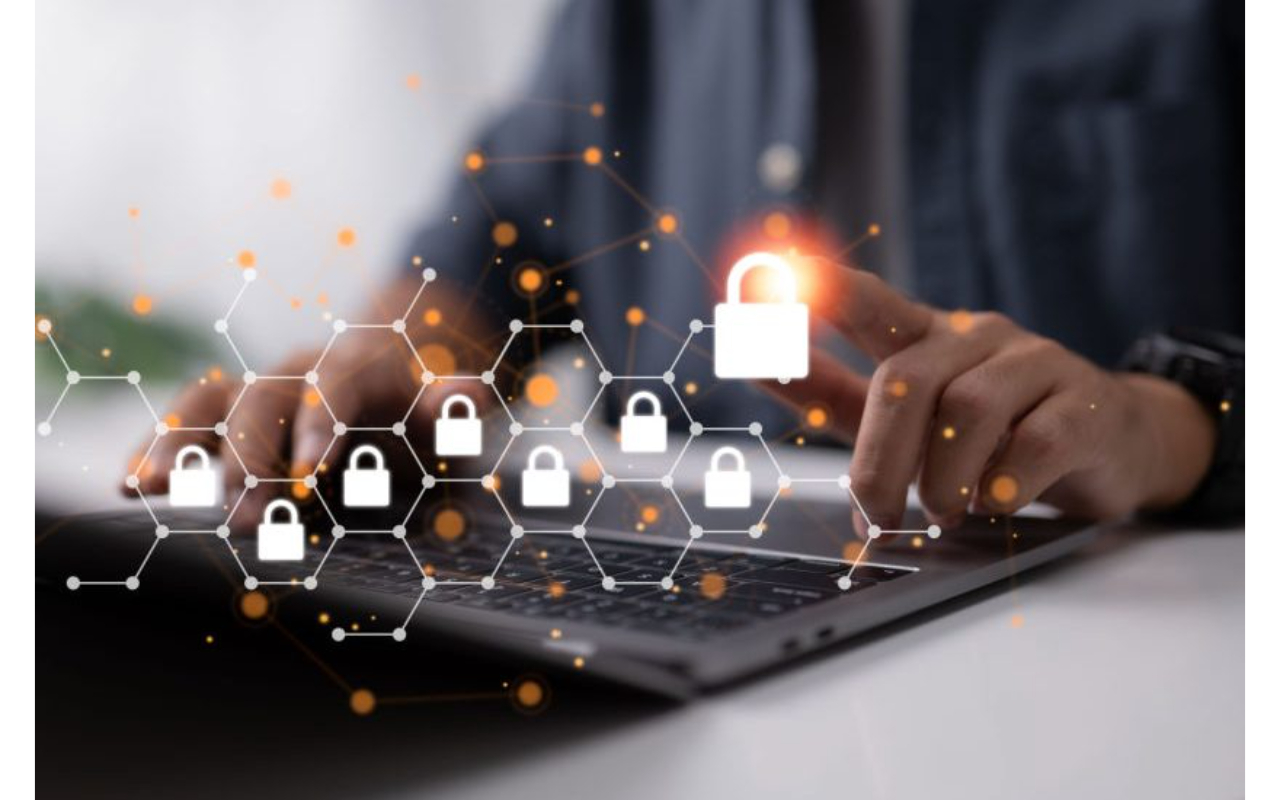In today’s digital age, our lives are increasingly intertwined with the online world. From social media and email to online banking and shopping, we rely on the internet for countless aspects of our daily lives. However, with the convenience of online connectivity comes the risk of data breaches, identity theft, and cyber attacks. Protecting your data online is more important than ever, and taking proactive steps to safeguard your personal information is essential for staying safe and secure in cyberspace. In this blog, we’ll explore practical tips and best practices for keeping your data safe and secure online.
1. Use Strong, Unique Passwords:
One of the most effective ways to protect your data online is to use strong, unique passwords for each of your accounts. Avoid using easily guessable passwords such as “123456” or “password,” and instead, create complex passwords that include a combination of letters, numbers, and special characters. Consider using a reputable password manager to generate and store secure passwords for your accounts, making it easy to access them securely across all your devices.
2. Enable Two-Factor Authentication:
Two-factor authentication (2FA) adds an extra layer of security to your online accounts by requiring a second form of verification, such as a code sent to your phone or email, in addition to your password. Enable 2FA wherever possible to protect your accounts from unauthorized access, and consider using authenticator apps or physical security keys for added security.
3. Keep Your Software Updated:
Keep your operating system, web browser, and other software applications up to date with the latest security patches and updates. Software updates often include fixes for known vulnerabilities and security flaws, so it’s essential to install updates promptly to protect your devices and data from exploitation by cybercriminals.
4. Be Wary of Phishing Attempts:
Phishing is a common tactic used by cybercriminals to trick individuals into revealing sensitive information such as passwords, credit card numbers, or personal details. Be cautious of unsolicited emails, messages, or phone calls asking for personal information, and never click on suspicious links or download attachments from unknown sources. If you receive a suspicious message, verify its legitimacy by contacting the sender directly through a trusted communication channel.
5. Secure Your Wi-Fi Network:
Secure your home Wi-Fi network with a strong, unique password and enable encryption such as WPA2 or WPA3 to protect your network from unauthorized access. Consider changing the default network name (SSID) to something unique and avoid broadcasting it publicly. Additionally, disable remote management and guest access features unless necessary, and regularly update your router’s firmware to patch any security vulnerabilities.
6. Use Secure Connections:
When accessing sensitive information online, such as logging into your bank account or making online purchases, ensure that you’re using a secure connection. Look for HTTPS in the URL bar and a padlock icon to indicate that the website is encrypted and secure. Avoid accessing sensitive information over public Wi-Fi networks, as they may be susceptible to interception by hackers.
7. Back Up Your Data Regularly:
Back up your important files and data regularly to a secure location, such as an external hard drive or cloud storage service. In the event of a data breach, malware infection, or hardware failure, having backups ensures that you can recover your data and minimize the impact of data loss.
8. Practice Safe Browsing Habits:
Be mindful of the websites you visit and the links you click on while browsing the internet. Avoid visiting suspicious or untrustworthy websites, and be cautious of pop-up ads, fake software updates, and other deceptive tactics used by cybercriminals to distribute malware. Consider using ad-blocking and anti-tracking browser extensions to enhance your online privacy and security.
Conclusion:
Keeping your data safe and secure online is essential for protecting your privacy, identity, and financial well-being in today’s digital world. By following these practical tips and best practices, you can minimize the risk of data breaches, identity theft, and cyber attacks, and enjoy peace of mind knowing that your personal information is protected. Stay vigilant, stay informed, and stay safe online!

